Deck & Commander Strategies

Korvold, Fae-Cursed King
Sacrifice-based value engine that draws cards and generates treasures whenever a permanent is sacrificed, aiming to outvalue opponents through incremental advantages and pressure with synergistic creatures.
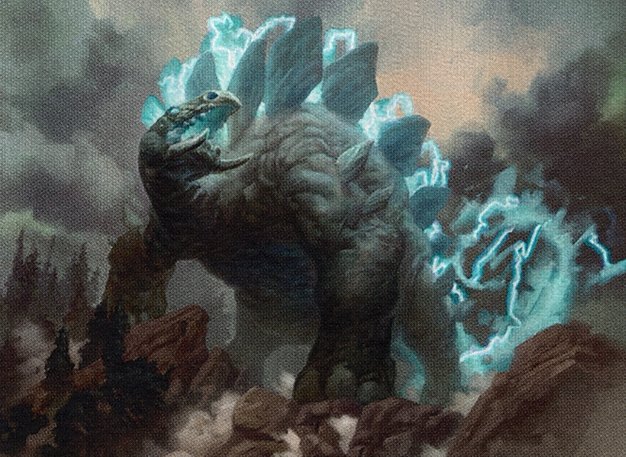
Kalamax, the Stormsire
Instant-speed spells and aggressive tempo using card draw and burn spells to maintain control, leveraging Kalamax’s ability to cast spells and generate value on dealing combat damage.
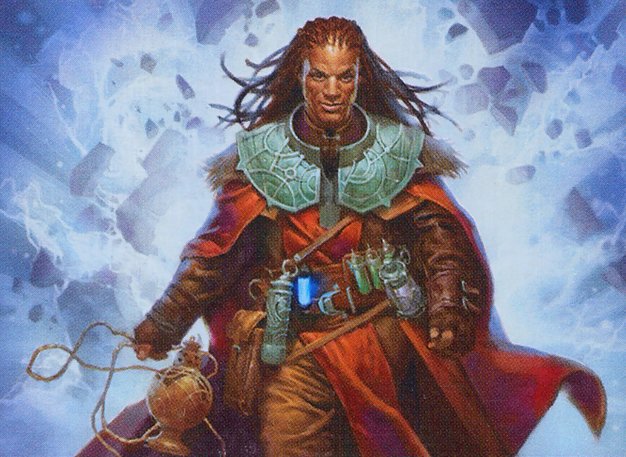
Sevinne, the Chronoclasm
Flashback and spell recursion focused deck, using Jace, Telepath Unbound to generate card advantage and flashback powerful spells like Blasphemous Act to control the board and gain incremental value.
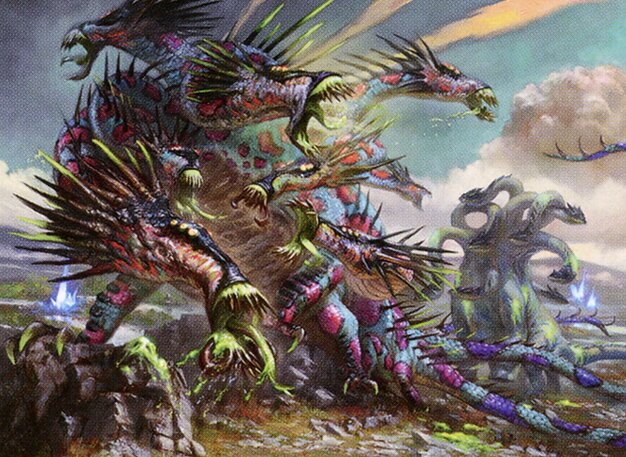
Zaxara, the Exemplary
High-cost spells and Hydra token generation, enhanced by anthems and protection effects like Inspiring Call to create resilient wide boards and apply continuous pressure.
Gameplay Insights
- 1
Korvold’s early use of sacrifice outlets to remove problem permanents and generate card advantage set a strong foundation for his midgame dominance.
- 2
Sevinne’s timely Blasphemous Act cleared the board of threats, allowing for a reset and enabling a fresh board state to leverage flashback spells and card draw.
- 3
Zaxara’s Inspiring Call made his creatures indestructible, enabling aggressive attacks that dealt significant damage over multiple turns.
- 4
Kalamax’s instant-speed interaction and card filtering kept him flexible but was challenged by Korvold’s Grave Pact punishing creature plays.
- 5
Smothering Tithe created additional treasure tokens that fueled multiple decks, increasing the pace and mana availability for explosive plays.
- 6
Counterspells and removal were strategically deployed to protect key creatures or disrupt opponents’ combos, illustrating the importance of timing in multiplayer Commander.
Notable Cards
-
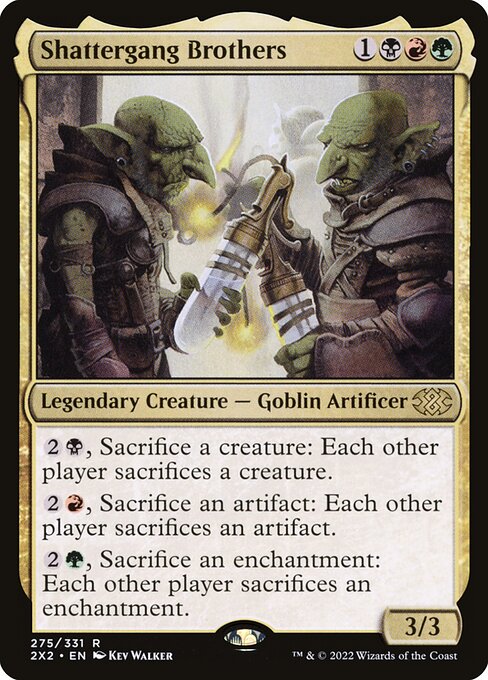
Shattergang Brothers
-
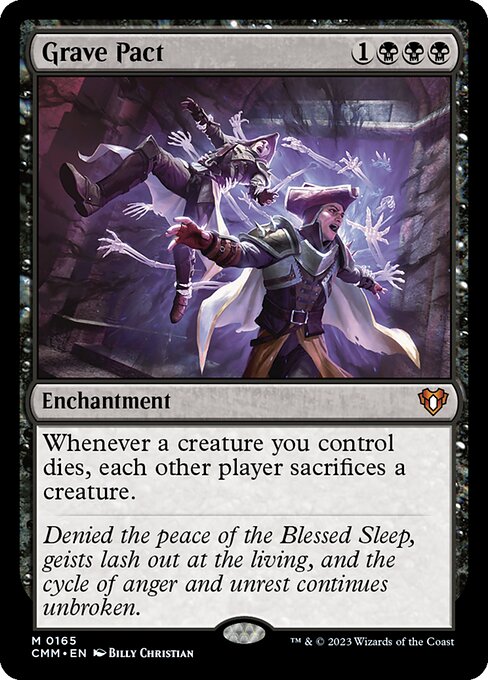
Grave Pact
-

Blasphemous Act
-
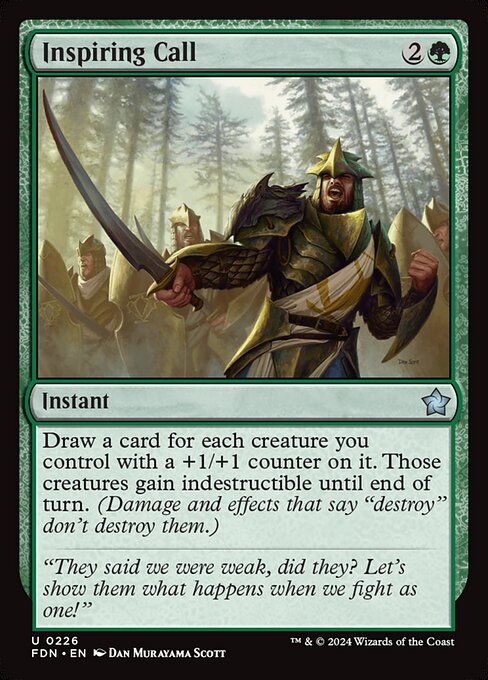
Inspiring Call
-
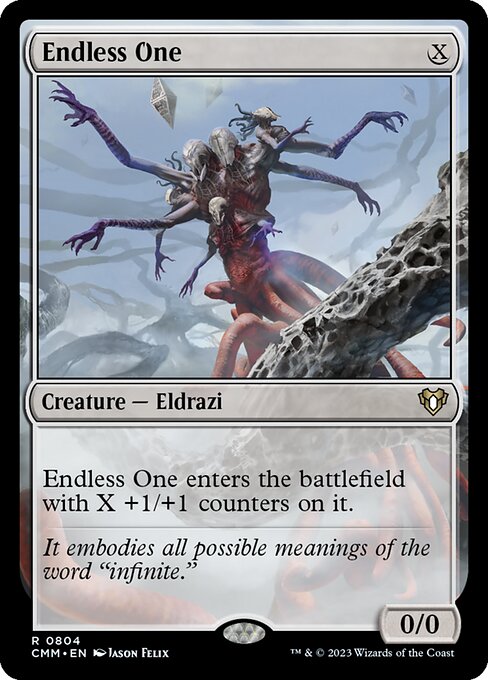
Endless One
-

Faithless Looting
-
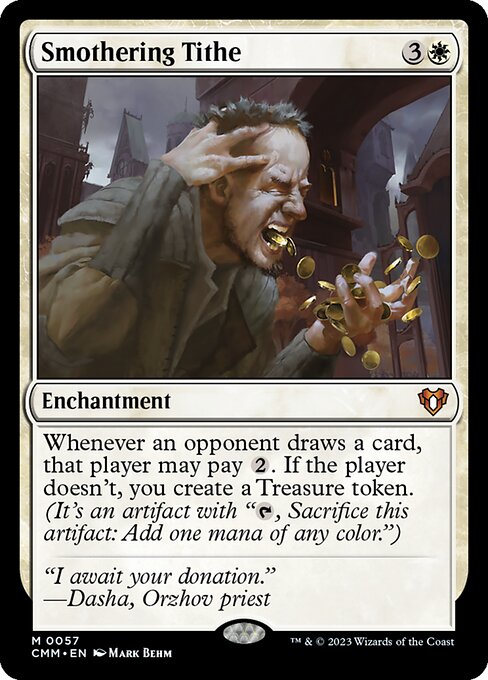
Smothering Tithe
Gameplay Summary
The game began with all four players developing their mana bases and setting up early board presence.
Korvold's sacrifice synergy quickly became apparent, leveraging creatures like Caustic Caterpillar and Shattergang Brothers to pressure opponents and disrupt key artifacts.
Zaxara focused on casting high-cost spells and generating powerful Hydra tokens with synergy from creatures like Endless One and Ferocious Hydra, which were bolstered by protection effects such as Inspiring Call.
Kalamax utilized instant-speed spells and card draw engines like Soul Ring and Thrill of Possibility to maintain flexibility and tempo, while Sevinne leveraged flashback spells and card advantage, with Jace, Telepath Unbound generating additional value and Blasphemous Act providing a crucial board wipe moment that reshaped the battlefield. A key turning point was when Korvold cast Grave Pact, discouraging opponents from playing too many creatures and amplifying the value of sacrifice effects.
This, combined with Korvold's ability to generate treasures and draw cards on creature death, allowed him to maintain steady advantage.
Meanwhile, Angelo's Sevinne deck employed a well-timed Blasphemous Act that dealt significant damage to all creatures, followed by casting deep analysis spells to draw a large number of cards, increasing his options significantly.
Alex's Zaxara deck used Inspiring Call to make his creatures indestructible and overwhelm opponents with multiple combats.
The game saw a lot of interaction around resource denial, with counterspells and removal spells being carefully timed.
The game was heading towards a clash of attrition and incremental advantage, with Korvold leveraging sacrifice and treasure generation, Zaxara pushing with resilient creatures, and Sevinne controlling the board with flashback spells and board wipes.

















![Commander VS: Commander 2019 Decks from MagicFest Las Vegas! [EDH] thumbnail](https://i.ytimg.com/vi/hAnTUfTMWBU/sddefault.jpg)
![Commander VS S16E8: Kadena VS Sevinne VS Ghired VS Anje [EDH] thumbnail](https://i.ytimg.com/vi/L9vIqyIu0dk/sddefault.jpg)











![Commander VS S17E3: Korvold VS Alela VS Chulane VS Syr Gwyn [Brawl] thumbnail](https://i.ytimg.com/vi/Pa8JzkN1leY/sddefault.jpg)





![This Time, It's Personal! [Commander VS] | Magic: the Gathering Commander Gameplay thumbnail](https://i.ytimg.com/vi/VibCoKEPrWU/sddefault.jpg)







